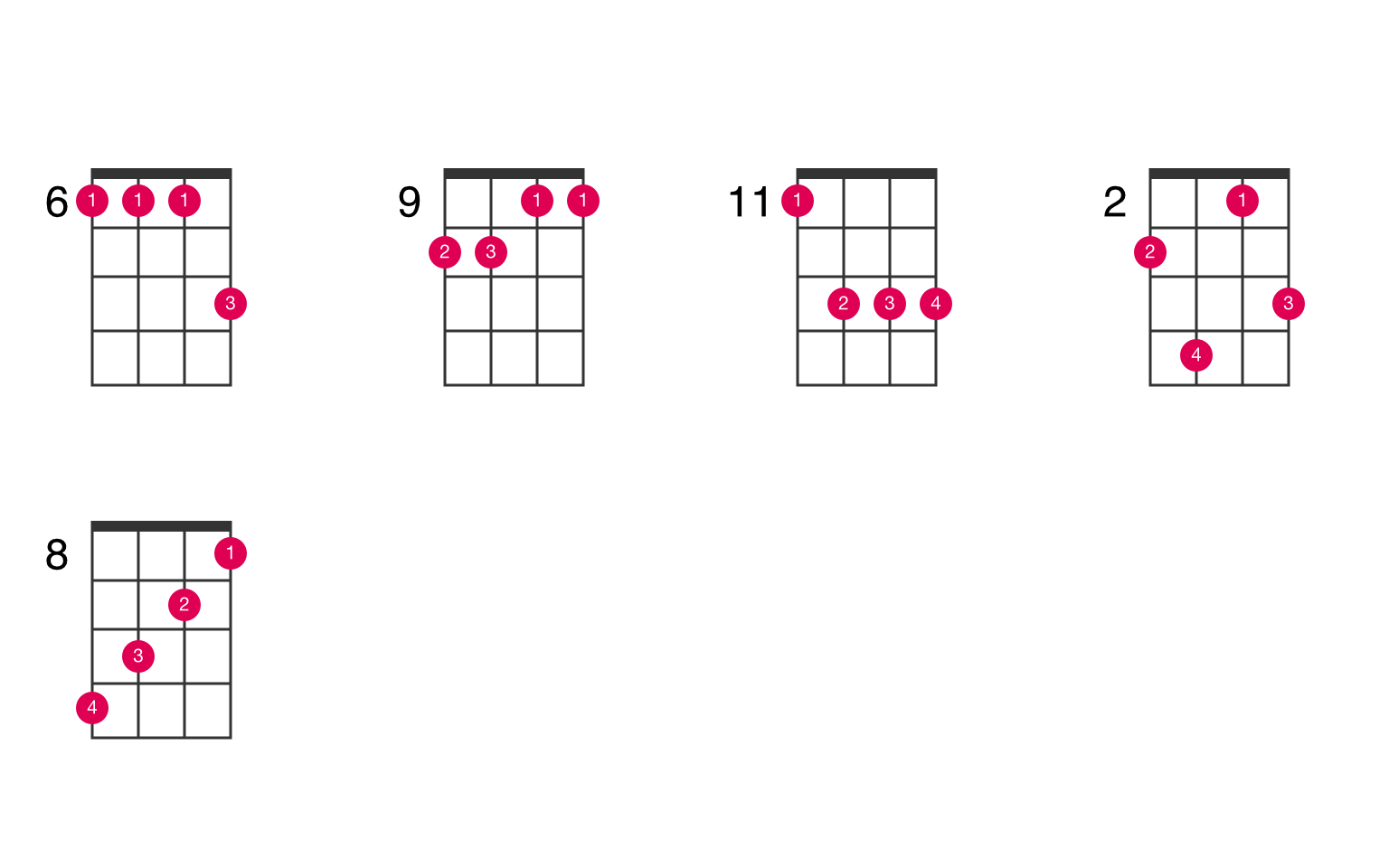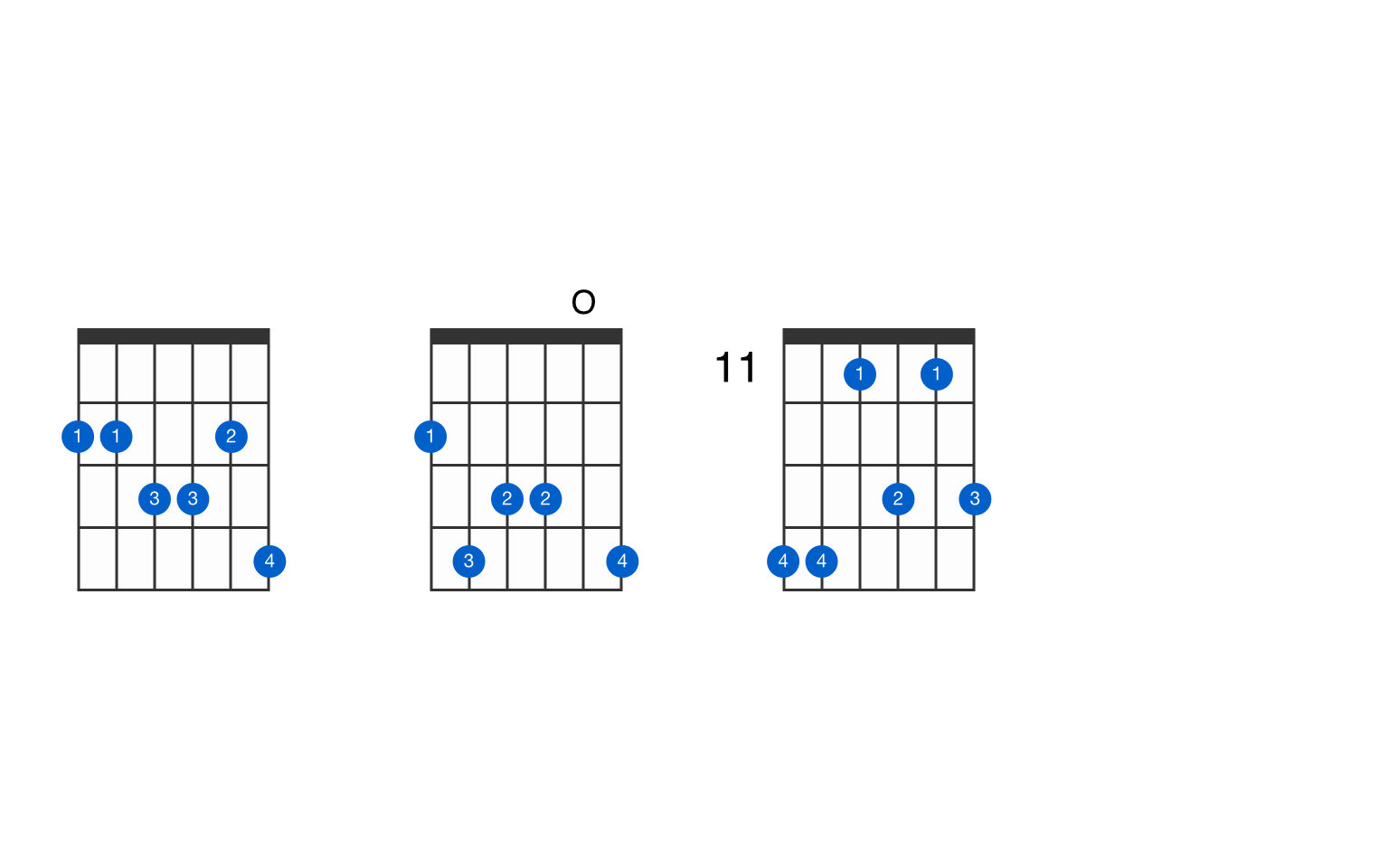

As this one is pretty low down the neck, it works well with open chord sequences on an acoustic guitar. However, the way you play your chord is important and will determine which styles each variation should be used in.Īs you’ll have seen in various other guides on BeginnerGuitarHQ (such as C#/Db), we can always combine the classic E major open chord shape with a barre on any fret to bring the shape up. There isn’t much point in choosing to play a G#/Ab chord specifically (unless it’s to house a singer’s range etc.) as the actual note isn’t really going to change the sound of the chord, just the pitch. Within the key of G#/Ab major, you can make various chord sequences and work them out using this numbering system, but remember that G#/Ab major is your tonic, and is where the key will sound resolved and at home. Once you’re familiar with the scale, you’ll do well to remember that the formula for a G# major chord (and any tonic major chord of any key) is 1-3-5 which gives the notes G#-B#-D# while the formula for an Ab major chord is 1-3-5 which gives the notes Ab-C-Eb. while for Ab major, the Ab is a 1, the Bb is a 2 etc.


Ab is more common than G#, so we’ll approach most of the chords below from the F# perspective.Įach of these notes (degrees of the scale) can be assigned a number as it ascends so you can use a helpful formula to work out chords from it. Hence why is you take a look at the scales above, each note is the enharmonic equivalent of each other, so if you played a G# major scale out of context, it would be completely impossible to determine whether it was G# or Ab.įor example, in a key with flattened notes, then you’ll (normally) be playing a Ab if you need to use that note, but in a key with sharps, then it’ll (normally) be a G#. Sort of… Technically a G# and an Ab are exactly the same, they just appear in different contexts. You may have noticed that we’re looking at two scales here. On a guitar, the 1/2 means the next fret is in the scale, and the 1 means there will be a fret in between the two notes. On a piano, the ‘1’ means that if you’re starting on the C, then there will be one note (Eb in this case) between your C and the next note of the scale (D), while the 1/2 means that the next note of the scale is directly next door (such as in the move from E-F in C major). Every major scale has the same theory behind it, building on a pattern of tones between the notes: 1-1-1/2-1-1-1-1/2.


 0 kommentar(er)
0 kommentar(er)
